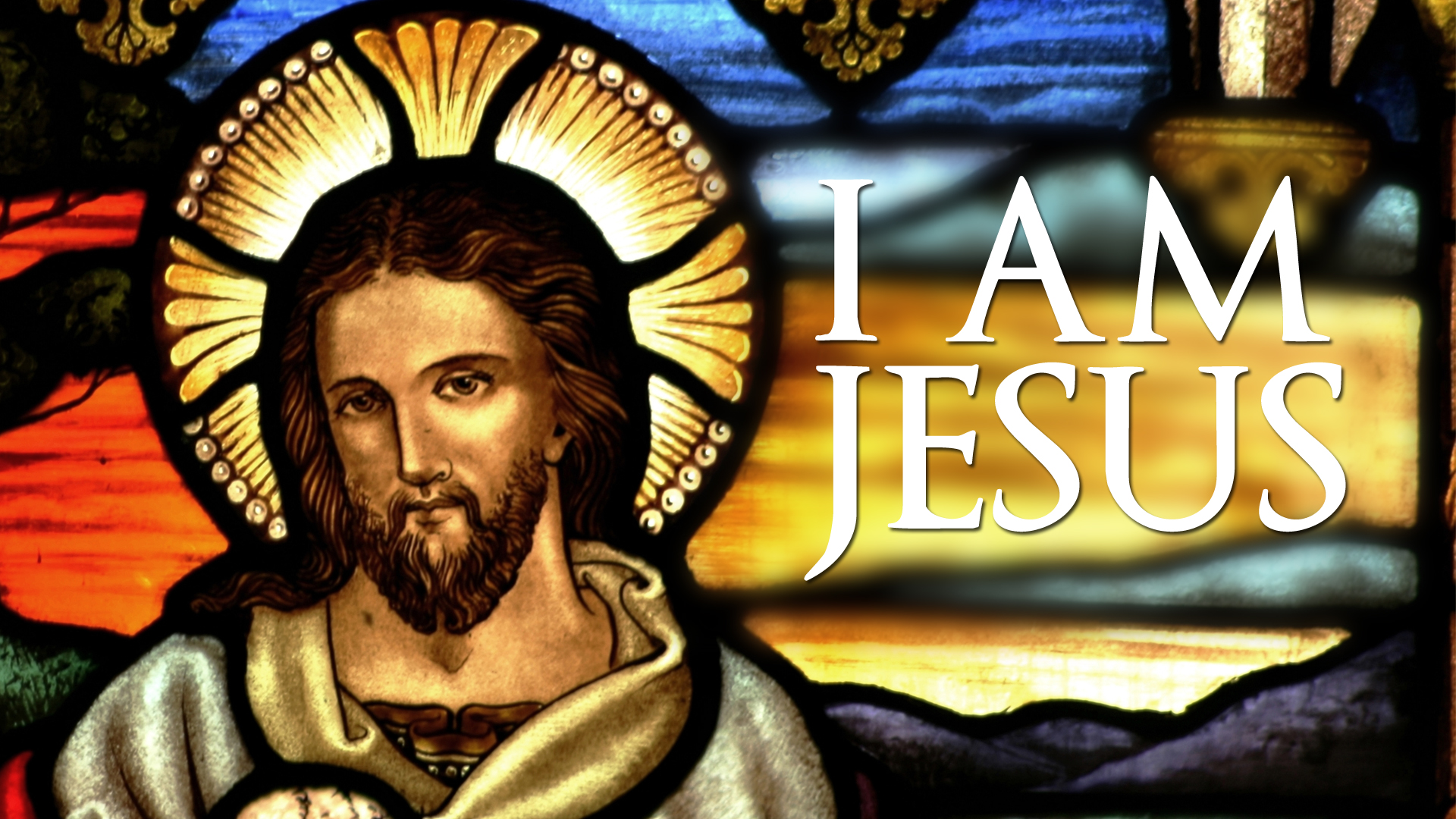


NT Fulfillment: John 6:22-59, especially verses 28-35. All the OT and God’s redemptive acts were pointing to the coming of Jesus as the God-in-flesh, the true and better Israel, and the fulfillment of all the OT types and shadows. The seven “I Am” statements in John might best be understood as falling under and echoing this initial, ultimate claim of Jesus. The Jews knew taking on this title was making such a claim, which is why they immediately pick up stones to kill him (8:59). He has life in himself and he can give life to us. He is greater than Moses because he is the God of Moses. Not a helper to God or a great teacher, but the divine, eternal, pre-existent, infinite, perfect Being. When Jesus applies the title “I Am” to himself, he claims to be God (John 8:58). He is the I Am, the eternal, unchanging, self-existent one, infinite and glorious in every way, and above and beyond all created things. God’s name discloses who He is and what He is like. God reveals Himself to His people and comes to redeem them out of exile and lead them into a new life. Synopsis: When God calls Himself the “I Am” in Exodus 3, it’s a pivotal moment in redemptive history.

OT Background: Exodus 3:1-20, especially verses 13-18. John’s 2 questions for the reader to wrestle with: 1) Who is Jesus? 2) What do I do with his words/teachings? John’s background for his book: “the framework for Jesus’ understanding of his own mission is shaped by the Scriptures mediated by the Jews” (D. John’s purpose for writing the gospel: “these are written so that you may believe that Jesus is the Christ” (John 20:31).


 0 kommentar(er)
0 kommentar(er)
